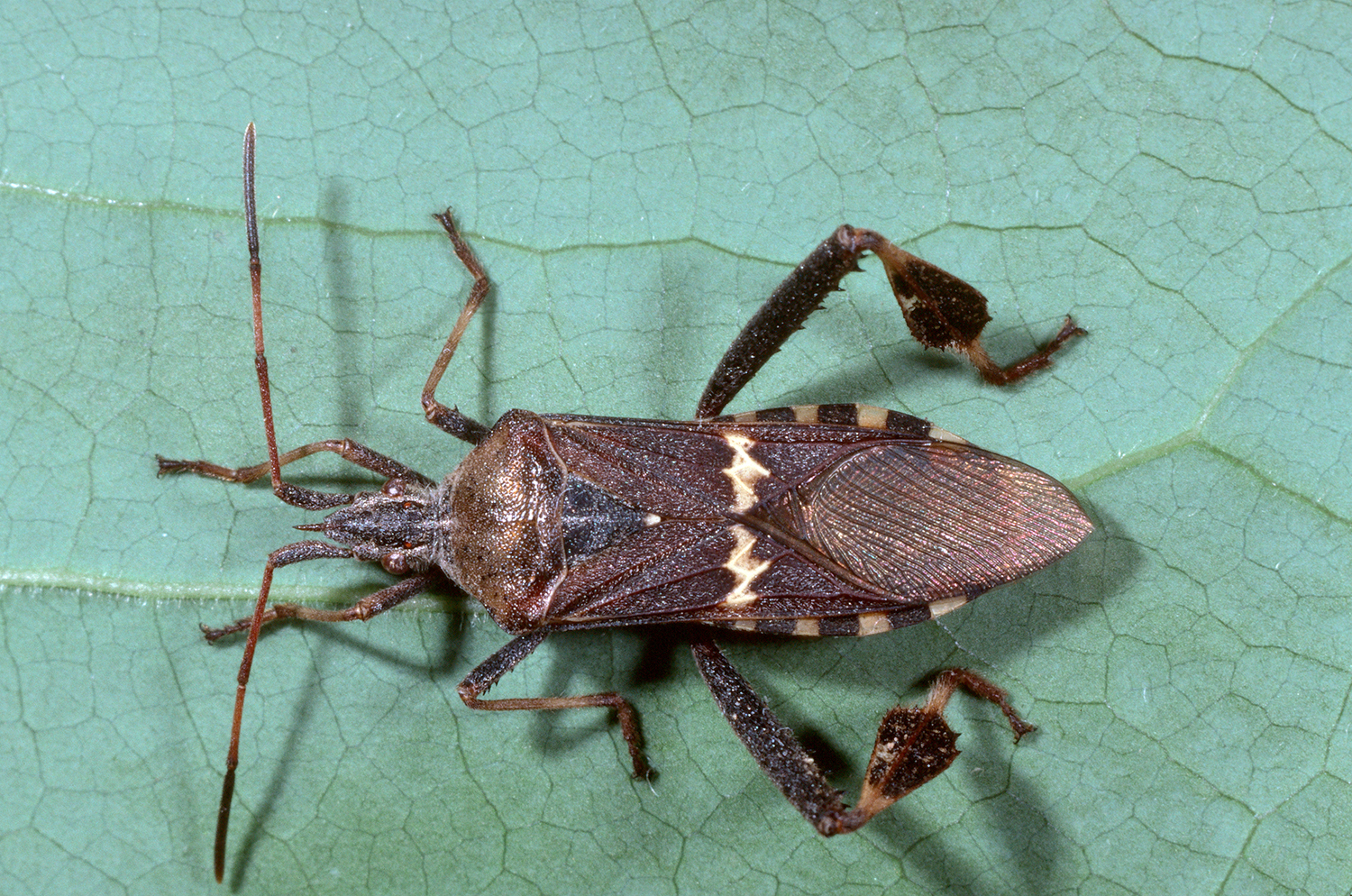Pistachio growers should be on the lookout for large and small bug populations in their orchards.
Large and small bugs of the insect order Hemiptera, or ‘true’ bugs, can potentially cause fruit damage and disease in pistachio if ignored. Both can cause damage before the shell is fully hardened, and large bugs can cause additional damage on hardened shells through harvest.
According to research by UCCE Specialist Kent Daane, feeding damage for small bugs takes place between early April and late May when the fruit is about a third of an inch in diameter. Damage indicators for small bugs include blackening and shriveling on developing nuts and fruit drop if damage occurs after pollination. However, additional UCCE research has shown that removing as many as 80% of nuts per cluster in May results in no yield depression, so economic damage from small bugs is not typically significant. UCCE Farm Advisor Phoebe Gordon, Madera and Merced counties, and UCCE Specialist Houston Wilson at UC Riverside note that economic damage can occur with extremely high populations in “off” years, so routine scouting is important.
Monitor for small bugs in pistachio trees and weeds/cover crops by using beat trays to sample trees, sweep nets to sample surrounding vegetation, and looking for blackened nuts in clusters. According to Gordon and Wilson, there are no treatment thresholds for these insects, but treatment may be considered if small bugs are present during pistachio bloom.
Species of leaffooted plant bugs and stink bugs make up two groups of large bugs commonly found in pistachio orchards. Leaffooted plant bugs can be identified by an enlarged area on their hind legs resembling a leaf, while stink bugs all have a common shield-like shape to their bodies. Gordon and Wilson recommend identifying stink bugs before treatment to not confuse it with rough stink bug, an insect predator found in pistachio orchards.
Damage by large bugs before shell hardening is similar to that of small bugs and may not result in economic injury. However, damage after shell hardening by large bugs can result in a darkened, sunken nut that has an off flavor, according to Gordon and Wilson. Feeding after shell hardening usually occurs at the fruit peduncle as the shell is weaker here. Large plant bugs can also transmit two diseases to pistachios: Botryosphaeria panicle and shoot blight and stigmatomycosis in the kernel.
Monitoring for large bugs is the same process as for small bugs. Sweeping surrounding vegetation and cover crops can pick up stink bugs, and cutting blacked nuts in half can reveal if feeding is occurring. Leaffooted bugs’ high mobility can make capturing difficult.
“They also will try to hide behind foliage; I will sometimes see them scooting around behind leaves or nuts when I try to move in for a closer look,” said Gordon.












